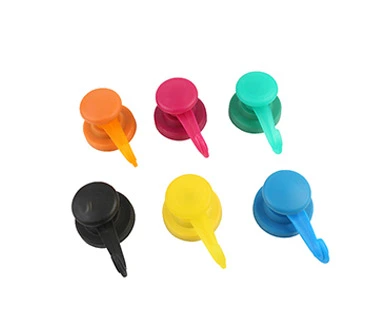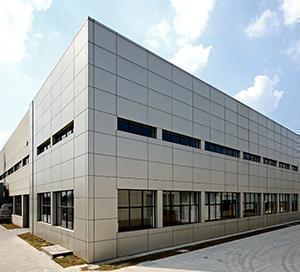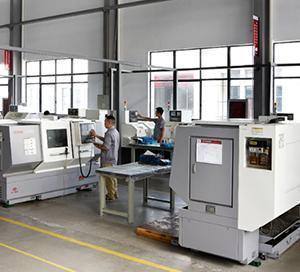Metal expansion joints are often called by the somewhat misleading name of metal bellows, as expansion joints are completely unlike the old leather bellows that were used to pump air into a fireplace, furnace, or kiln. The resemblance shared between the metal below and the leather variety is only slight, in that they are both sealed chambers that expand and contract along concertinaed folds in the sides. While the term ''metal bellows'' may be used interchangeably with metal expansion joints, bellows are usually reserved for reference to a vessel, bladder, or irregular shape that collapses when it empties, while expansion joints are used as a junction in a pipeline.
Metal expansion joints are concertinaed in-line junction pieces included in many liquid and high-pressure gas pipeline systems for a variety of reasons. When most pipelines are built, it is not uncommon for there to be sections where two pipe sections do not meet perfectly. An expansion joint allows for some shear, an imprecise gap, or a slight curve at a junction, in other words, lateral, axial, and angular movement is allowed to occur at the joint. Any significant twisting of the line at an expansion joint will cause the bellows to fail, and even slight torsion on a metal expansion joint will severely reduce its effectiveness.
Welded metal bellows have many applications in medicine, heavy industry, defense, aviation and aerospace. They are frequently used in internal medical implants, fluid sensors, actuators, altitude sensors, pressure surge arrestors, and waste fluid storage. Their collapsible design makes them ideal for applications where space is critical, such as on space shuttles and International Space Station.
Expansion joints are designed to limit vibration, noise, movement from heat expansion and contraction, and pressure undulation (a common example is ''water-hammer'' in the pipes of an old house) in pressurized lines. Proper installation of expansion joints allows you to manage where any movement in the system occurs, preventing damage or movement to the rest of the system by forcing it to occur at the joint.
Metal expansion joints can be required to operate under very extreme conditions, particularly when deployed in boiler seals or aircraft, from temperatures ranging between -200¡ãC (less than -300¡ãF) and 1300¡ãC (2500¡ãF), and at pressures ranging between the near total vacuum of space to over 2000 pounds, and the precision required of this equipment necessitates stringent testing before deployment in many systems.
In order to prevent undue strains being placed on expansion joints, manufacturers have developed several different support structures that can be deployed on a pipeline increasing the effectiveness of the given bellows. Some bellows are fitted with internal liners or external sheaths to prevent damage to the main assembly, and external tie-rods or a universal joint called gimbals are fitted in some applications to prevent twisting, or excessive movement in any direction beyond design limitations.
As Magnetic Assemblies metal expansion joins are often deployed in highly critical applications, rigorous Quality Assurance (QA) testing is often required of each individual unit after manufacture before it is deployed. Production shops may subject a finished unit to radiography, ultrasound, mass spectrometry, magnetic, hydrostatic, helium leak, and liquid penetration testing to guarantee that the unit does not contain any adverse anomalies or microscopic leaks. It is also possible to test the hardness, impact resistance, pressure limit, and positive composition of a finished product.
Only a few of the firms who manufacture metal expansion joint systems are able to deliver tailored, non-standard solutions, however, it is not unheard of to find box-shaped or toroidal metal below deployed for some applications, as well as tailored, irregular shapes for very specific uses.
Metal bellows and metal expansion joint assemblies are manufactured with advanced techniques to precise requirements, and must frequently undergo stringent testing before deployment in the very extreme, critical applications they are used for Magnetic Products. The skilled tradesmen who build these systems need years of experience, requiring well-honed skills and years of experience and certification. This is a field that continues to advance with science, ensuring that only cutting-edge manufacturers are able to stay competitive in the high-tech industries they serve.
 English
English 日本語
日本語 한국어
한국어 français
français Deutsch
Deutsch Español
Español italiano
italiano русский
русский português
português العربية
العربية





